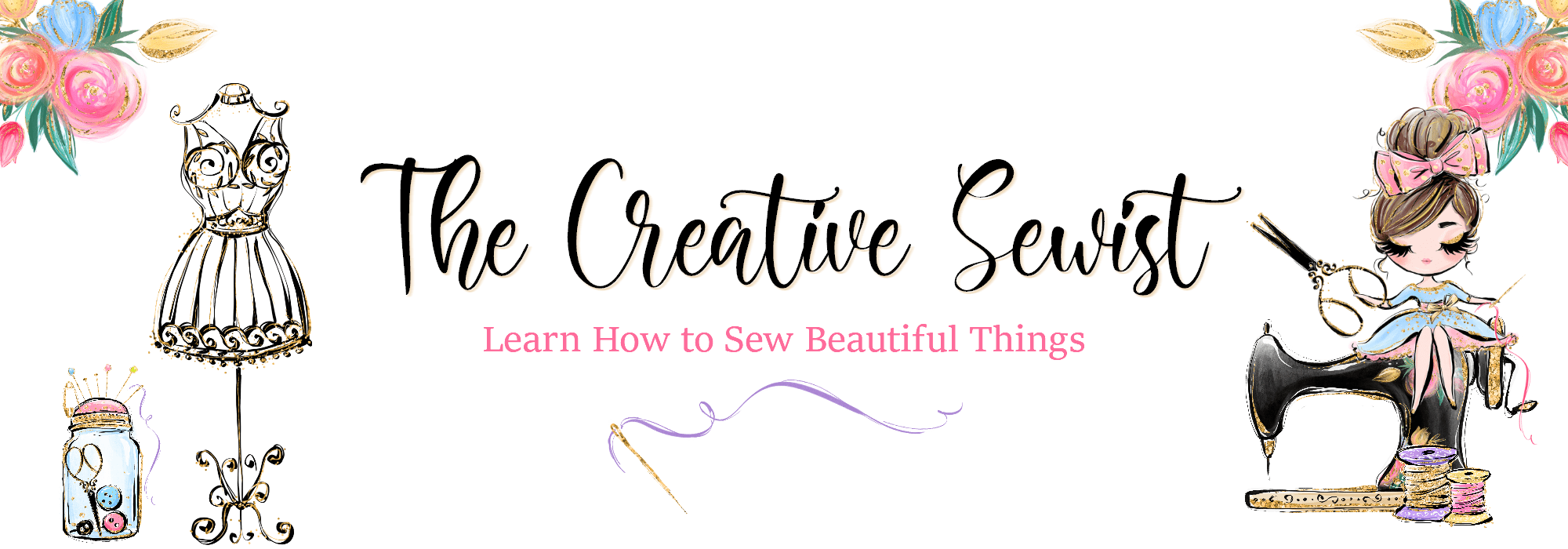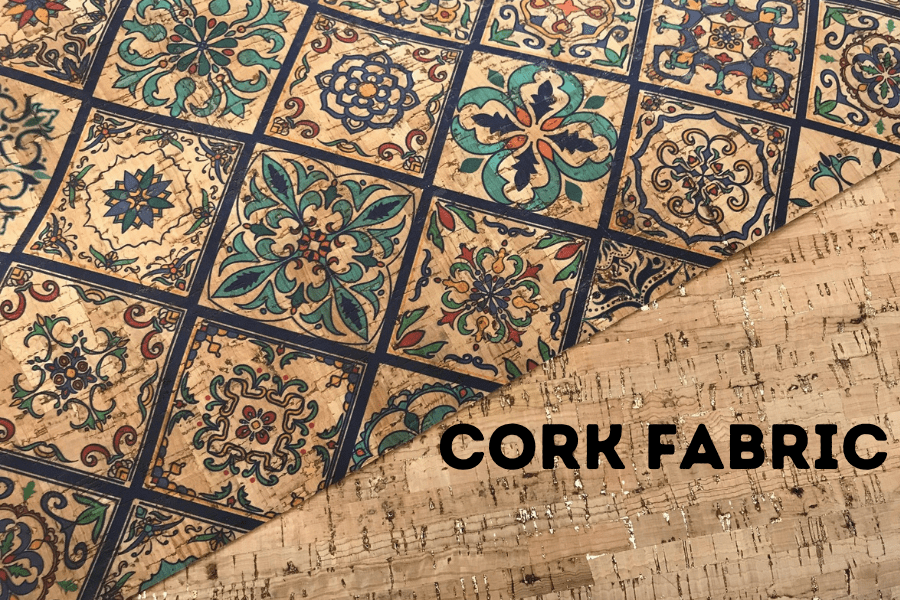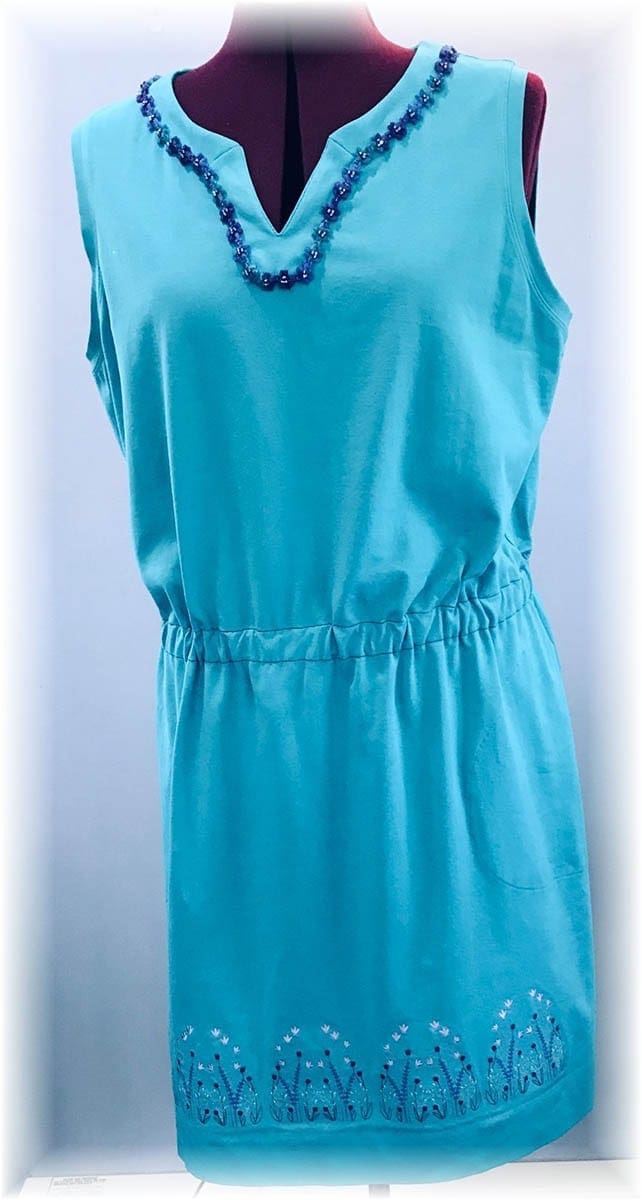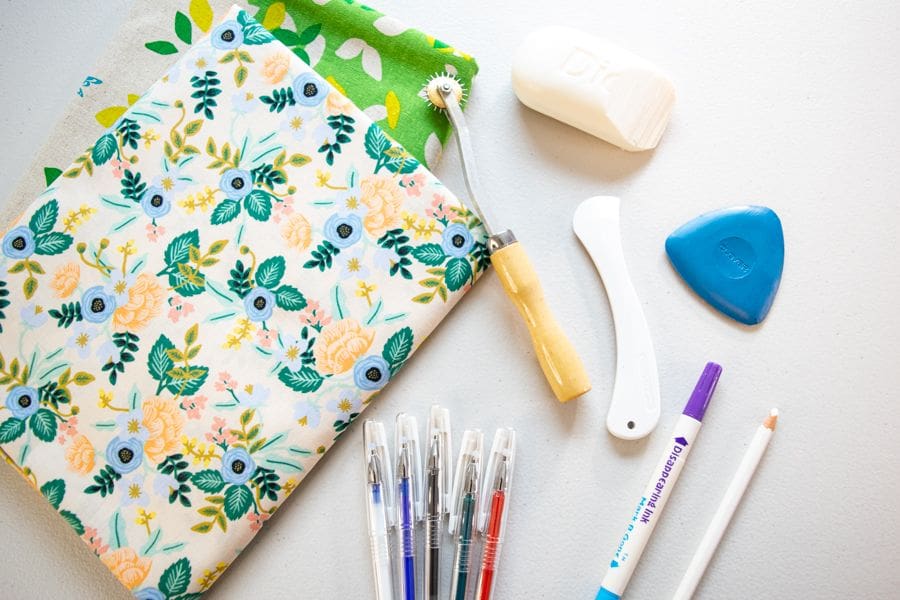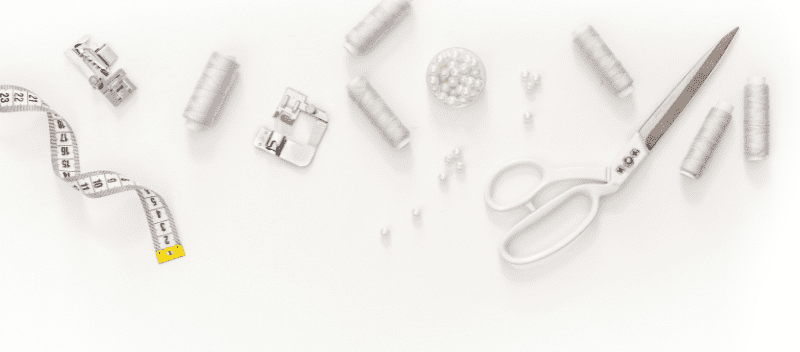Using a traditional stitch to create a fresh look in your creative sewing
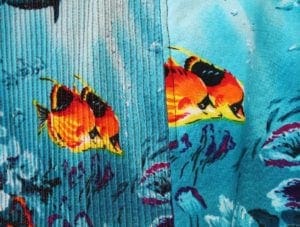 If you look at traditional Heirloom Sewn garments, you may notice that many contain a stitch known as pintucking. If you are unfamiliar with pintucking, it is the process of creating tiny, parallel, vertical tucks in a piece of fabric. To create these rows of stitching, a special presser foot is attached to a standard sewing machine and a twin needle is used.
If you look at traditional Heirloom Sewn garments, you may notice that many contain a stitch known as pintucking. If you are unfamiliar with pintucking, it is the process of creating tiny, parallel, vertical tucks in a piece of fabric. To create these rows of stitching, a special presser foot is attached to a standard sewing machine and a twin needle is used.
These tiny ridges on garments add a beautiful, subtle touch of detail. But, did you know that pintucking can also be used to create dimensionality and depth? If not, this is a stitch you should consider adding to your next creative sewing project when you just want to add a “touch” of detail.
For me, adding a pintucking stitch to an underwater print creates the illusion that the fish are swi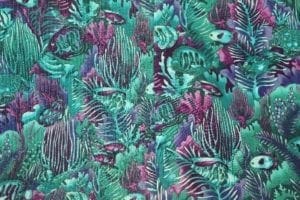 mming, the seaweed are moving with the ocean tides, and the animals look alive. Not sure that this really happens? Just look at the samples below:
mming, the seaweed are moving with the ocean tides, and the animals look alive. Not sure that this really happens? Just look at the samples below:
On the right: the fabric in it’s natural, unaltered state. On the left: underwater fabric pintucked with metallic decorative thread.
When you view a larger piece of pintucked fabric, the effect is impressive.
Another option is to add a small inset of pintucked fabric on a project such as tote bag or purse like this.
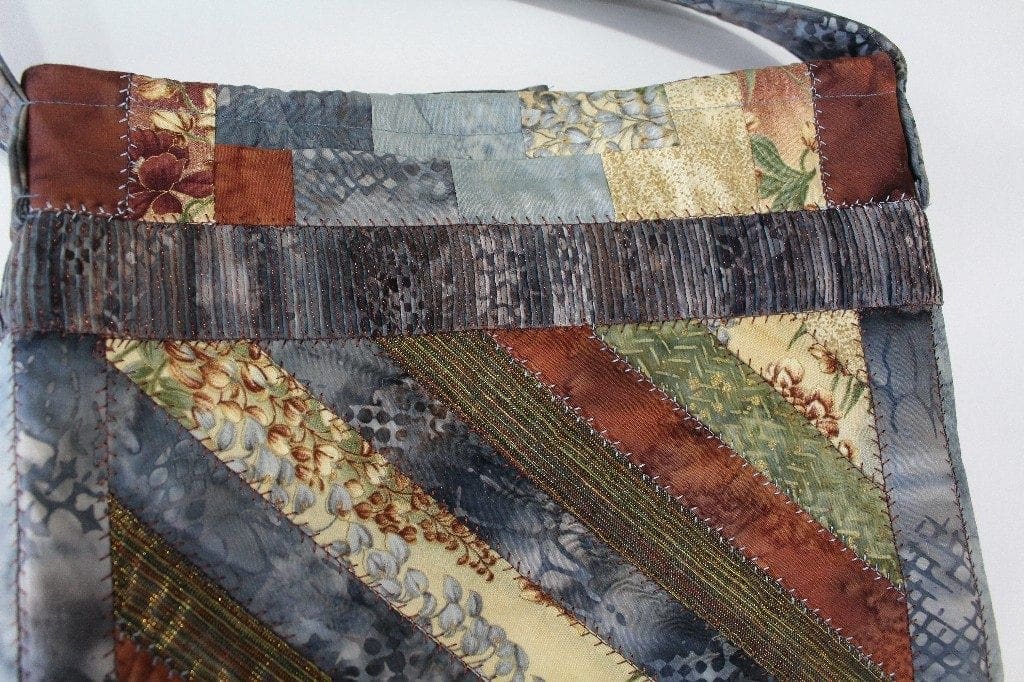
For this project, I selected a Hoffman Bali fabric and pintucked it with copper metallic thread. The subtle rust coloring from the thread beautifully complemented the earth tone fabrics.
The key to creating dynamic dimension when pintucking is to select thread colors that compliment your print and enhance a strong accent color in the fabric. For instance, I wanted a lot of depth with the blue tropical print. Therefore, I selected a red metallic thread since there are red accents on the print. The green tropical fish print was used in a monochromatic project. I needed depth without a dramatic contrast. Thus, I used a mint green metallic thread. This provided just the right amount of depth. For the tote bag, copper metallic thread enhanced the subtle rust shades in the blue Bali fabric.
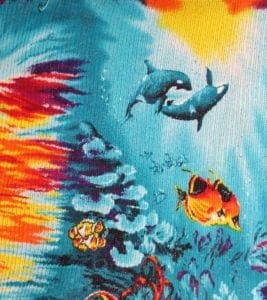 If you are making garments, consider adding a touch of pintucking to the collar of a jacket, or cuff of a shirt. Do not forget the pockets on a jacket or pair of pants as well. These are perfect places to add small strips of pintucked fabrics.
If you are making garments, consider adding a touch of pintucking to the collar of a jacket, or cuff of a shirt. Do not forget the pockets on a jacket or pair of pants as well. These are perfect places to add small strips of pintucked fabrics.
Things to consider:
- Use a thread that enhances your fabric. Metallic threads add a wonderful touch of glitz, but you can also use standard embroidery thread if you prefer a less colorful contrast.
- If you want to anchor your pintucked fabric to a foundation fabric, you can do so. I normally use a product like Steam a Seam Light to hold it in place and I steam from the reverse side, especially when I am using metallic threads.
- Narrow pins create more depth. The ideal sized twin needle for pintucking is the 2.0mm. It will take longer to sew all the pintucks, but the visual result is phenomenal.
CHRISTINE WARREN
Sewing isn’t just my job, it’s my passion. I’ve enjoyed sewing and needle working since I was very young.

